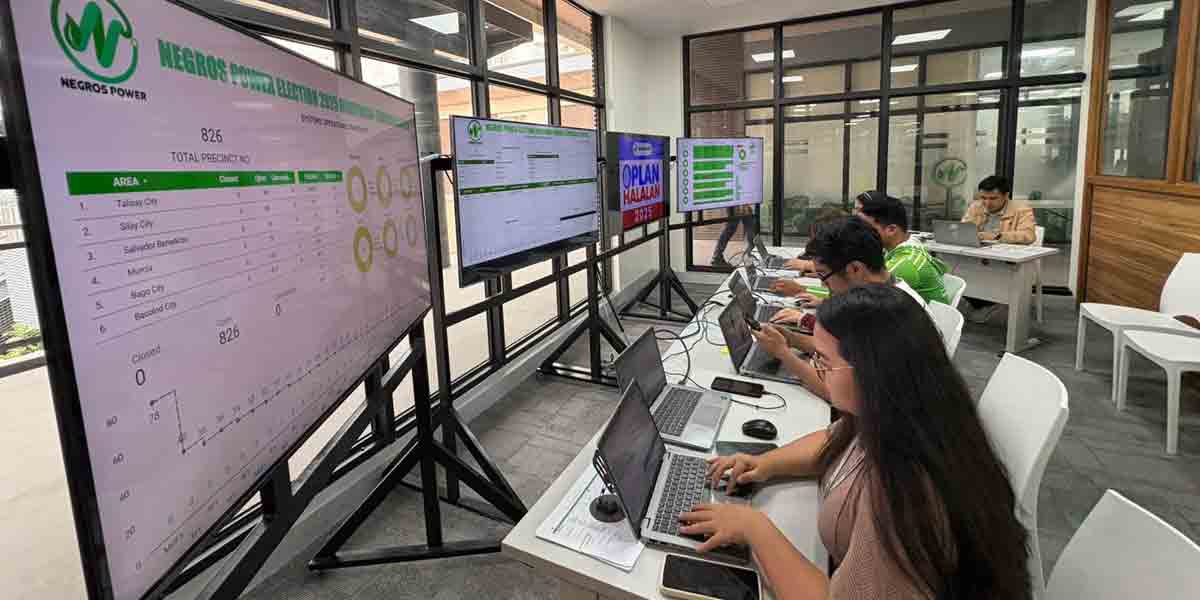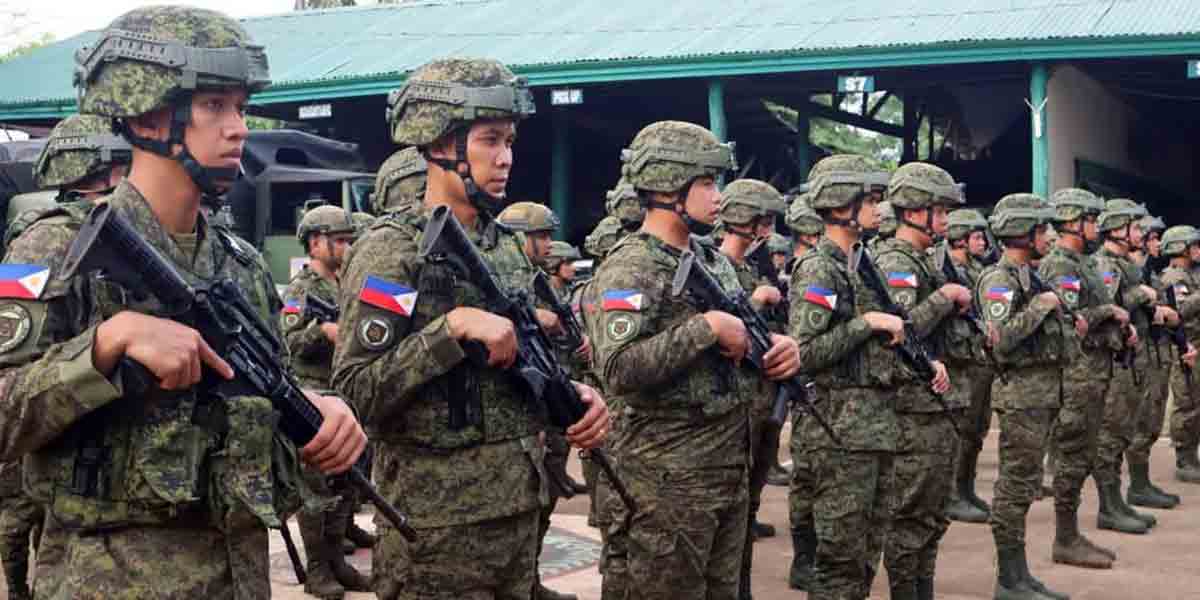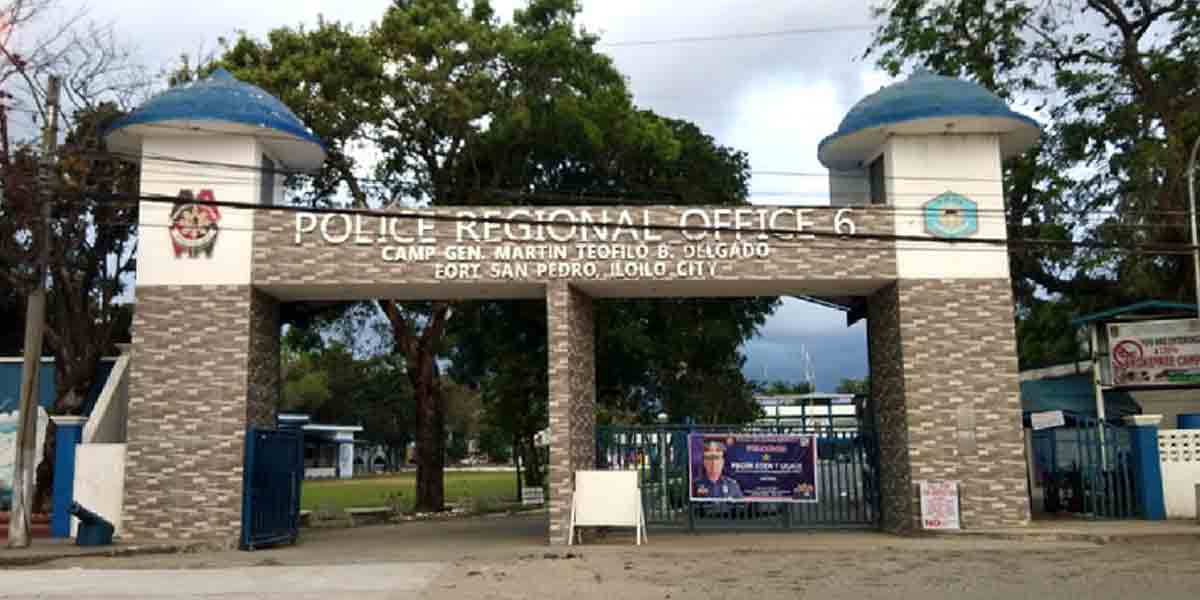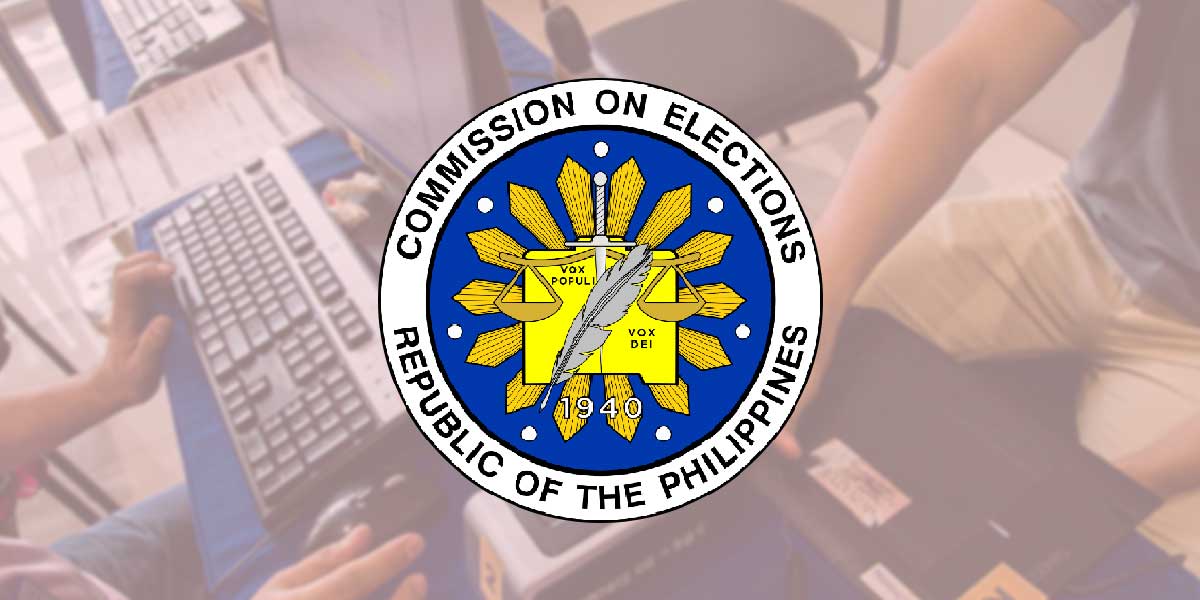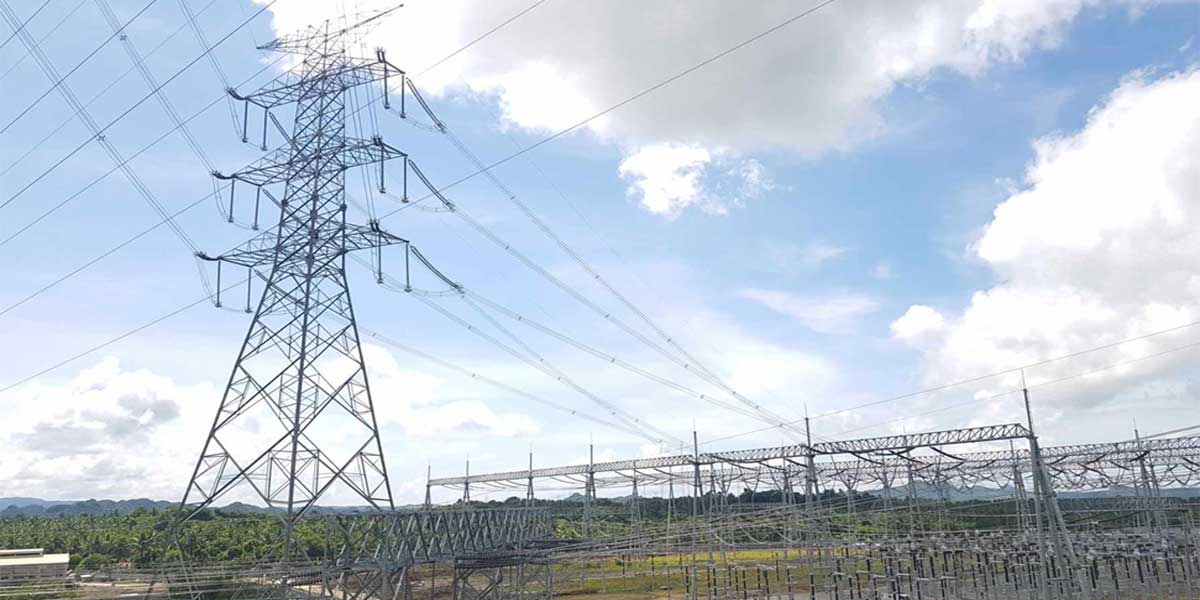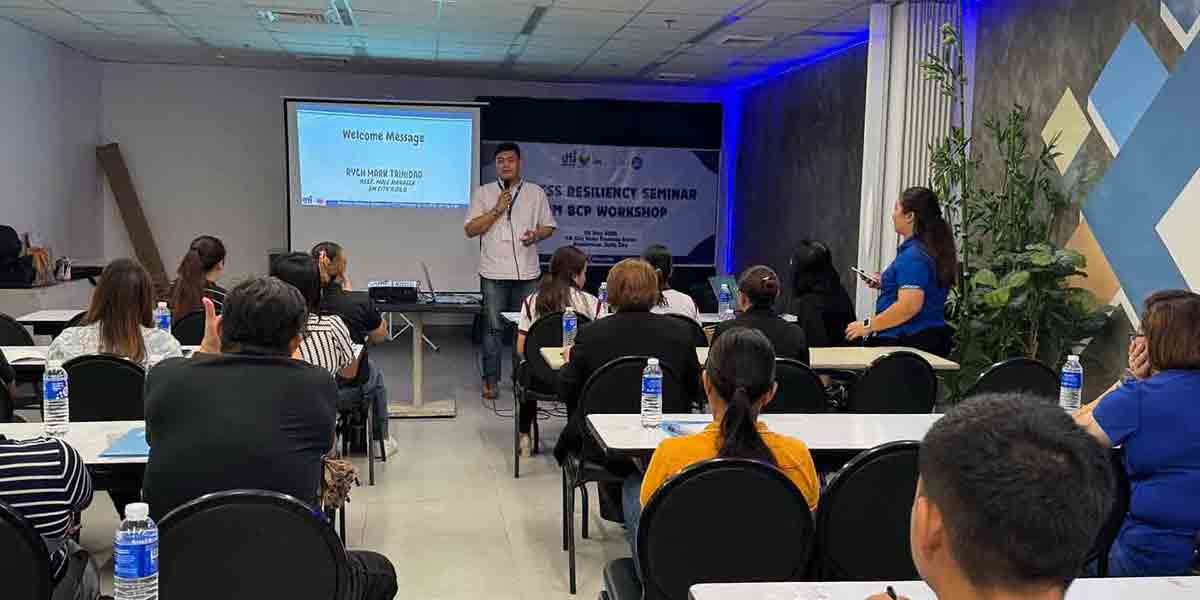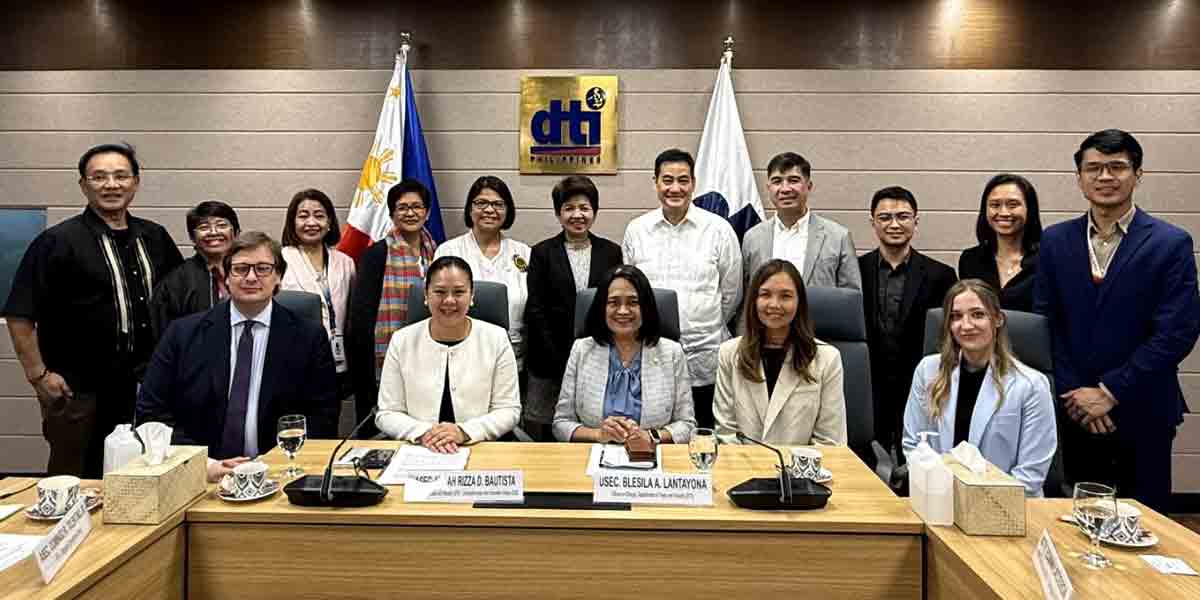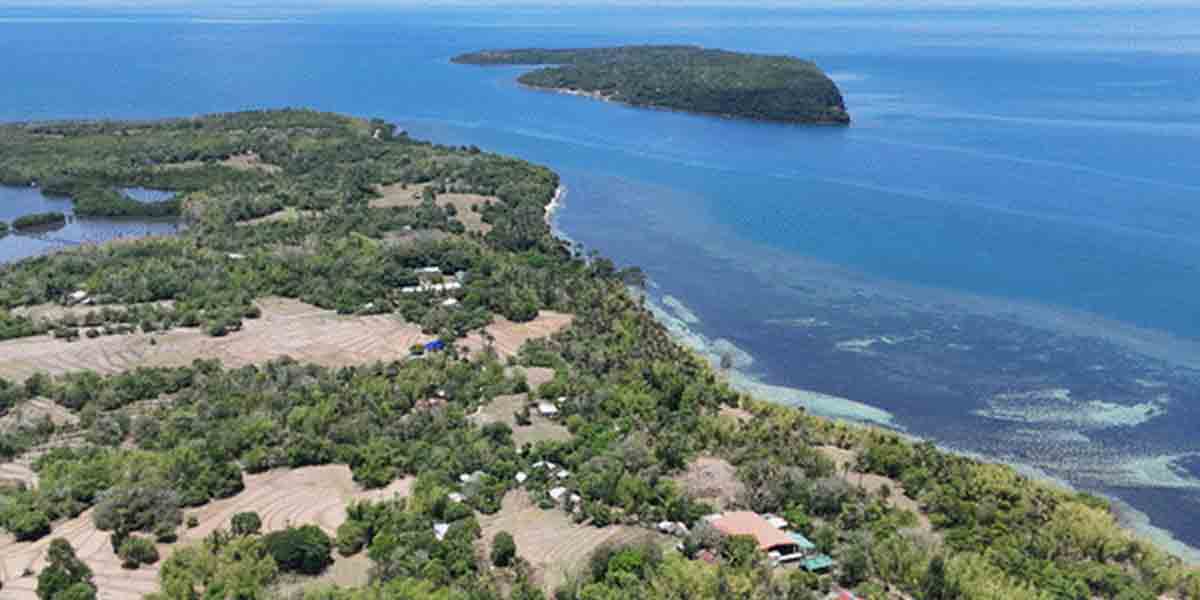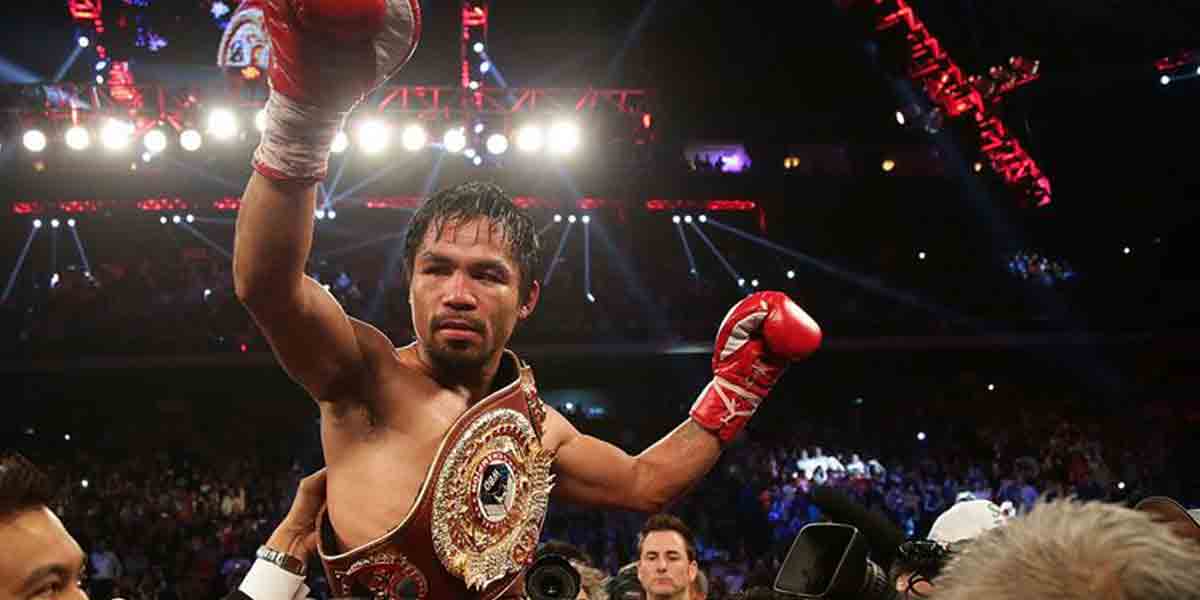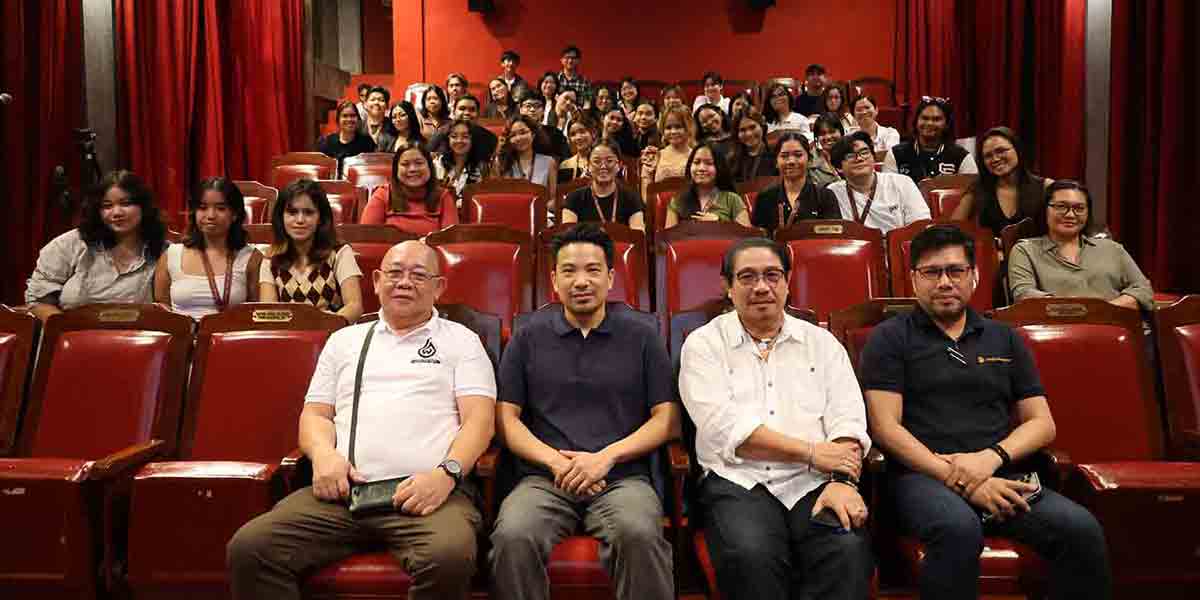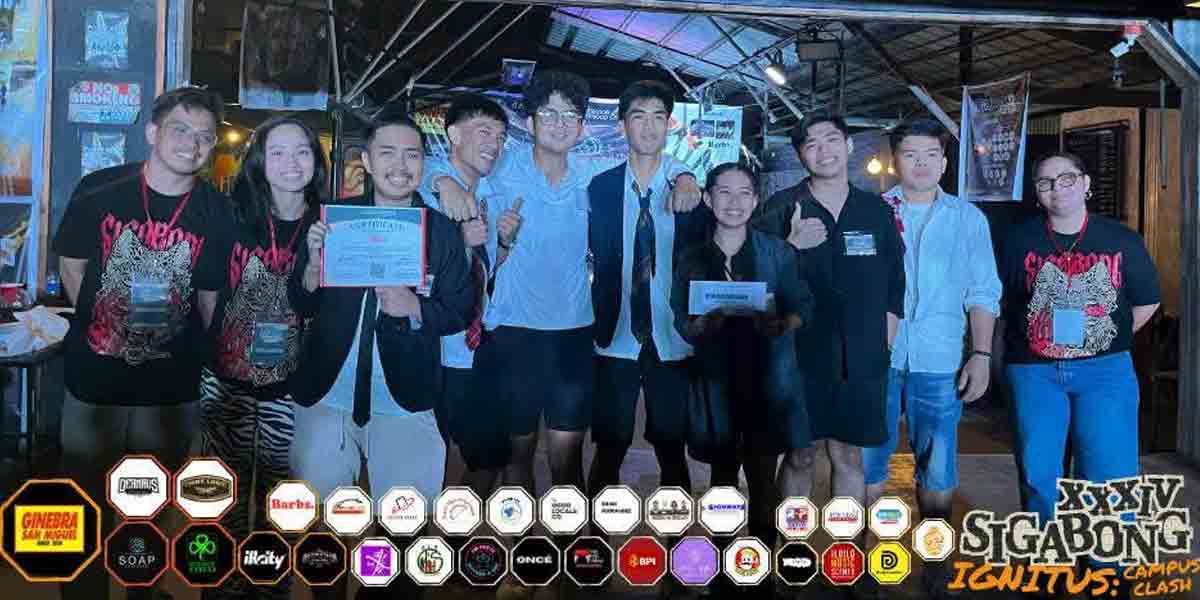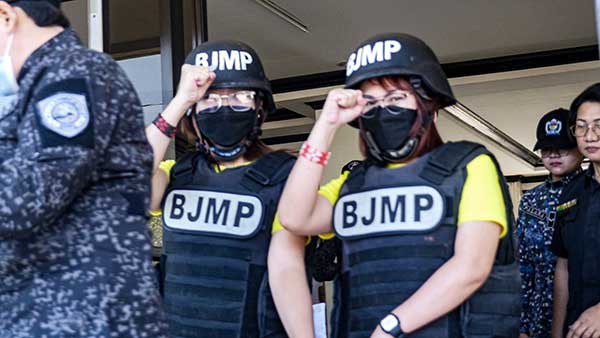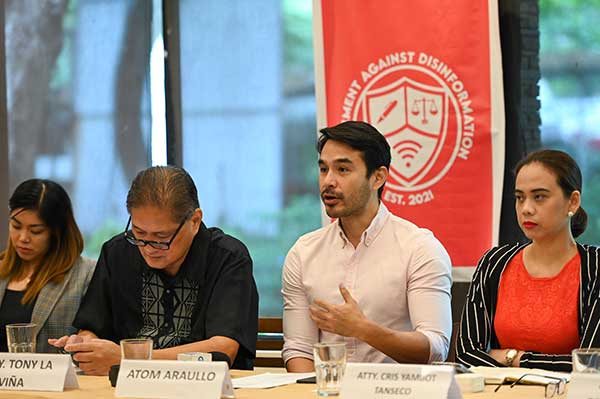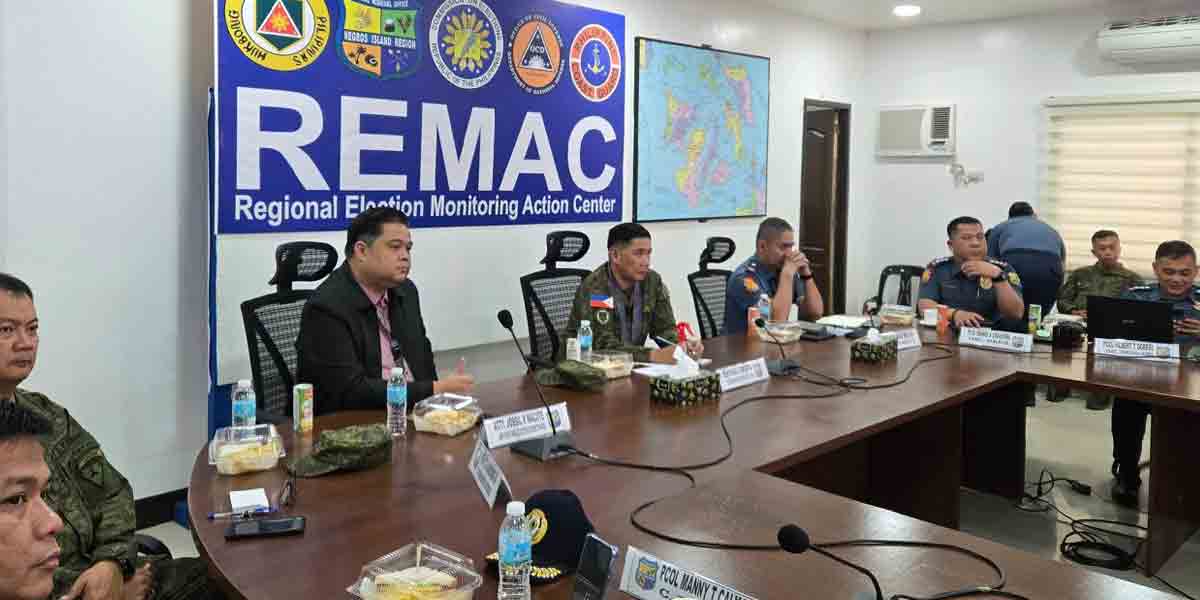By Juliane Judilla
2024 has been a difficult year for the media and the press in the Philippines.
Journalists and press organizations worldwide faced a surge in attacks on press freedom, including increased censorship, legal pressures, physical violence, and online harassment.
In the Philippines, press freedom continued to be undermined as the political climate and long-standing repressive systems sought to control the narrative and silence critical voices.
However, the media stood firm, fighting back with renewed determination.
Newsrooms persisted in their mission to uncover the truth, producing hard-hitting investigative stories on human rights violations, corruption, and social injustices, despite the ever-growing risks.
Through solidarity and an unwavering commitment to their profession, journalists and media organizations were able to navigate these turbulent waters and push back against attempts to suppress the truth.
Frenchie Mae Cumpio Testifies After Five Years
One defining moment for the press in 2024 was the landmark testimony of Frenchie Mae Cumpio, a community journalist for Eastern Vista in Tacloban, Leyte, who had been detained for over five years on trumped-up charges.
Cumpio, arrested on February 7, 2020, during a police raid in Tacloban City, was among the five activists collectively referred to as the “Tacloban 5.”
Authorities charged her with illegal possession of firearms and terrorist financing—accusations widely criticized as politically motivated and part of a broader campaign to suppress independent journalism in the Philippines.
After spending more than four years in detention, Cumpio took the witness stand for the first time on November 11, 2024.
During her testimony, she reaffirmed her innocence against the charges leveled against her.
Her case has attracted widespread international attention, with organizations like the International Federation of Journalists (IFJ) and Reporters Without Borders (RSF) advocating for her immediate release and condemning the misuse of anti-terrorism laws to silence press freedom.
Her testimony highlighted the long-standing issue of judicial harassment and the weaponization of the legal system against the press.
Despite her prolonged detention, Cumpio remained a symbol of the ongoing struggle for press freedom, courageously standing in defense of truth and justice.
Atom Araullo Wins Red-Tagging Case
In another pivotal victory for 2024, prominent broadcast journalist Atom Araullo, with support from the Movement Against Disinformation (MAD), secured a major legal win in his battle against former state anti-insurgency task force spokesperson Lorraine Badoy-Partosa and confessed former New People’s Army member Jeffrey Celiz.
Araullo filed a defamation case after Badoy and Celiz publicly accused him of being a supporter of communist groups in their talk show aired on SMNI.
The Quezon City Regional Trial Court (RTC) Branch 306 ruled in Araullo’s favor, imposing a PHP 2 million fine on Badoy and Celiz for damages and ordering them to pay an additional PHP 10,000 in attorney’s fees.
This victory was seen as a significant step forward in the fight against red-tagging, reinforcing the importance of legal accountability for those who weaponize false accusations to suppress dissent and silence the press.
‘Fight for 58’ Campaign Endures
The fight for justice for the 58 victims of the Ampatuan massacre remains as urgent and resolute as ever, with each passing year amplifying the collective call for accountability.
Media groups, human rights organizations, and the families of the victims have been at the forefront of the campaign, pushing for justice in a case that has become a grim symbol of impunity in the Philippines.
The massacre, which took place on November 23, 2009, in Maguindanao del Sur, claimed the lives of 58 people, including 32 media workers and relatives of gubernatorial candidate Esmael “Toto” Mangudadatu.
They were ambushed and buried in mass graves by the Ampatuan clan.
It remains the world’s deadliest single attack on journalists and one of the most violent election-related incidents in history.
Every year, the commemoration of the Ampatuan massacre grows louder, highlighting the persistence of impunity and the continued attacks on media workers and marginalized communities under the current administration of Ferdinand Marcos Jr.
The struggle is no longer just about the victims themselves but serves as a message to all journalists and activists: their right to report and express dissent should not come at the cost of their lives.
Ilonggo Journalists Resist Threats
In Iloilo, 2024 was a year of defiance in the face of mounting threats.
The year saw continued efforts by local journalists to push back against attacks, whether through physical violence, online harassment, or intimidation—particularly when Ilonggo government officials attempted to stifle local journalists’ reporting.
On May 20, 2024, Iloilo City Mayor Jerry Treñas held a press conference addressing questions about the controversial demolition of the facade of the Iloilo Central Market, considered a historic site.
Shortly after, he faced public backlash after a controversial outburst in response to a reporter’s (Joey Marzan of Daily Guardian) questions during the press conference, in which he said that he would file cases against journalists for “irresponsible reporting.”
Mayor Treñas’ verbal assault on the journalist was widely condemned by press freedom advocates and local media groups, who rallied behind the journalist in an act of solidarity.
This “meltdown,” as it was widely called, was more than just an isolated incident—it became emblematic of the ongoing tension between politicians and the media in the Philippines.
It spurred a public conversation about the treatment of journalists and the need for greater respect for press freedom.
Ilonggo journalists, supported by their peers from across the nation, stood firm in denouncing the attack and reaffirmed their commitment to holding public officials accountable.
The Road Ahead for Media in 2025
As 2024 concludes, the media and the press remain at the forefront of global struggles for truth, justice, and democracy.
While the challenges have been many, the press continues to prove that it is unbowed, showing remarkable perseverance in the face of adversity.
Looking ahead to 2025, the need for robust protections for journalists and continued advocacy for press freedom remains urgent.
The events of this year—highlighted by the courageous testimonies of individuals like Frenchie Mae Cumpio, legal victories like Atom Araullo’s case, and the defiant stand of Ilonggo journalists—underscore the importance of protecting the fourth estate from political, legal, and physical harm.
The media in 2024 has demonstrated its strength, and as we move into the new year, there is hope that this resilience will continue to pave the way for a future where press freedom is not just defended but celebrated.

